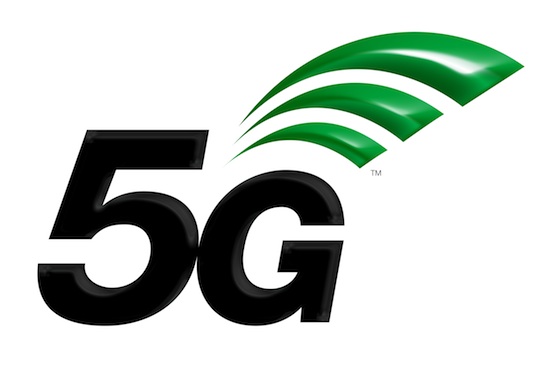5G is forecast to take a 1.5 percent share of mobile data traffic in the year after its standardisation, as data usage grows due to increasing use of mobile video and applications such as VR.
With 25 million connections, 0.2 percent of the 2021 total, each 5G connection will generate 4.7 times more traffic than the average 4G connection, according to Cisco’s Visual Networking Index.
The majority of traffic will be carried on 4G, at 58 percent compared to 26 percent today. 3G will carry 19 percent and 2G just 0.6 percent.
“With the proliferation of IoT, live mobile video, augmented and virtual reality applications, and more innovative experiences for consumer and business users alike, 5G technology will have significant relevance not just for mobility but rather for networking as a whole,” said Doug Webster, Cisco’s VP of Service Provider Marketing.
5G is set to be fully standardised in 2020, but some operators are rolling out trials before this. For example, Korea’s KT is set to deploy 5G for the Winter Olympics in 2018.
The growth in 5G traffic will come as mobile data traffic sees a seven-fold growth over the next five years as mobile video usage booms, according to the research.
Cisco predicts that mobile data traffic will rise from 7 billion gigabytes per month last year to 49 billion GBpm in 2021.
Individual users will ramp up their usage, with the average mobile-connected end-user device expected to generate 5.7 GBpm of mobile traffic in 2021 compared to 977 MBpm in 2016.
The rise will be driven by huge growth in mobile video viewing.
Mobile video will grow 8.7 times in the five-year period, taking up 78 percent of mobile traffic by 2021. It accounts for 60 percent of total mobile data traffic, currently.
Meanwhile, related applications in virtual reality and augmented reality will see traffic grow. VR traffic will grow from 13.3 million GBpm to 140 million GBpm, while AR traffic will grow from 3 million GBpm to 21 million GBpm.
This will come alongside five-fold growth in VR headsets from 18 million in 2016 to nearly 100 million by 2021.




